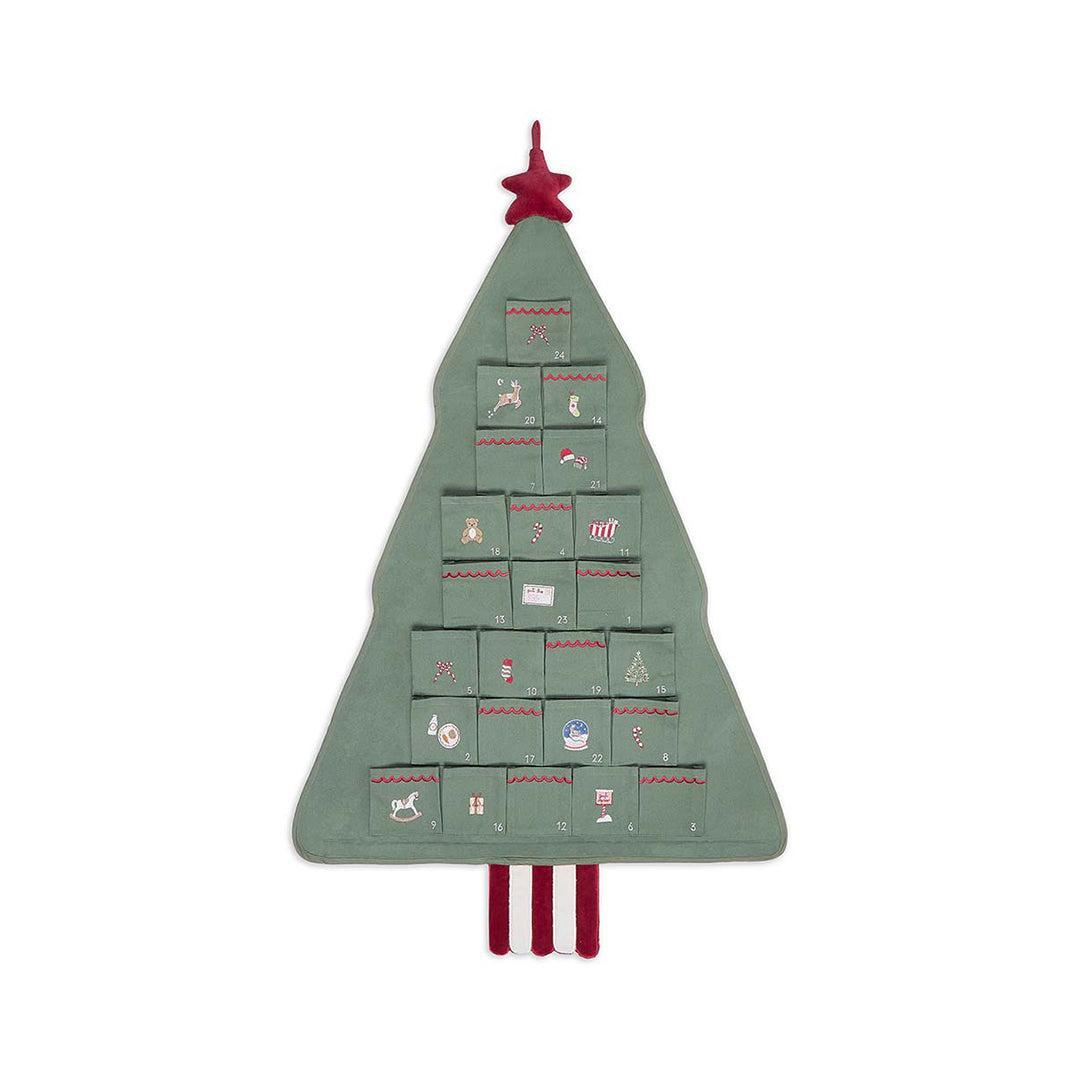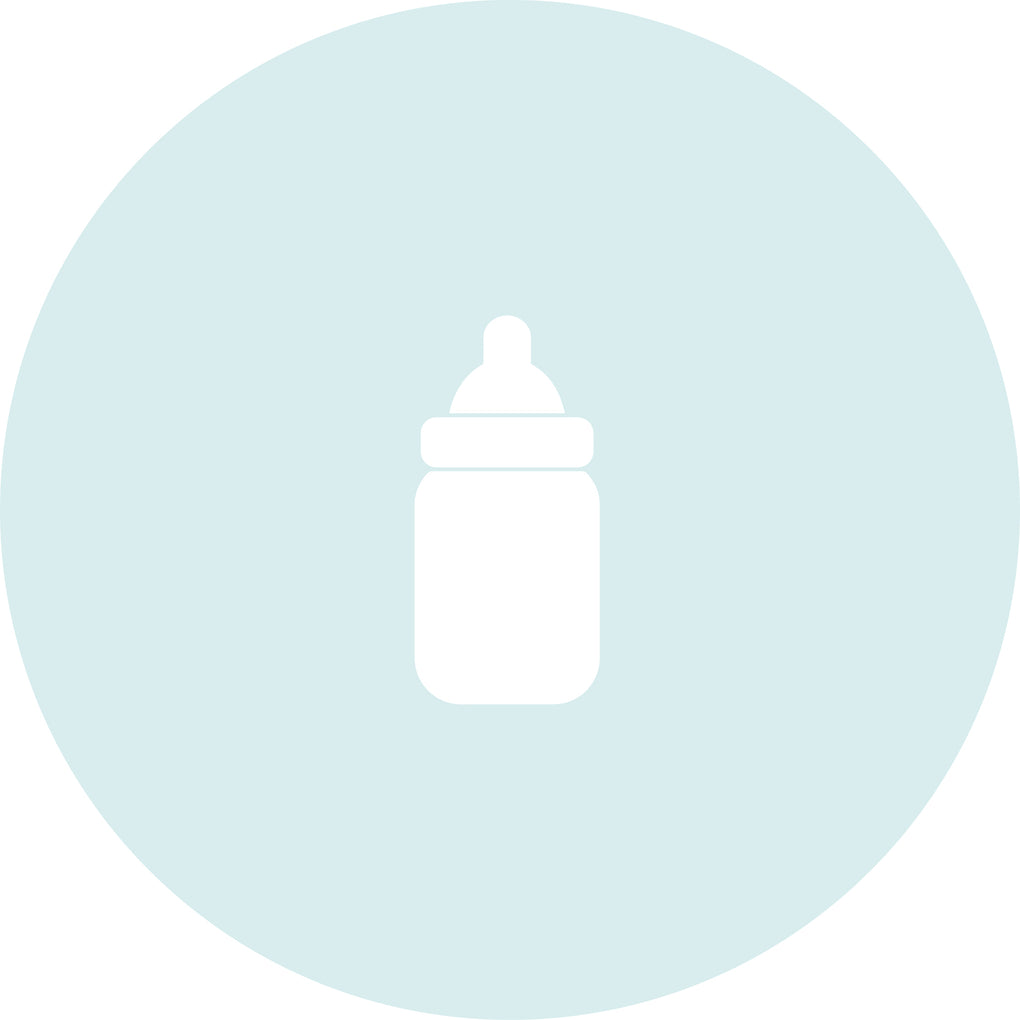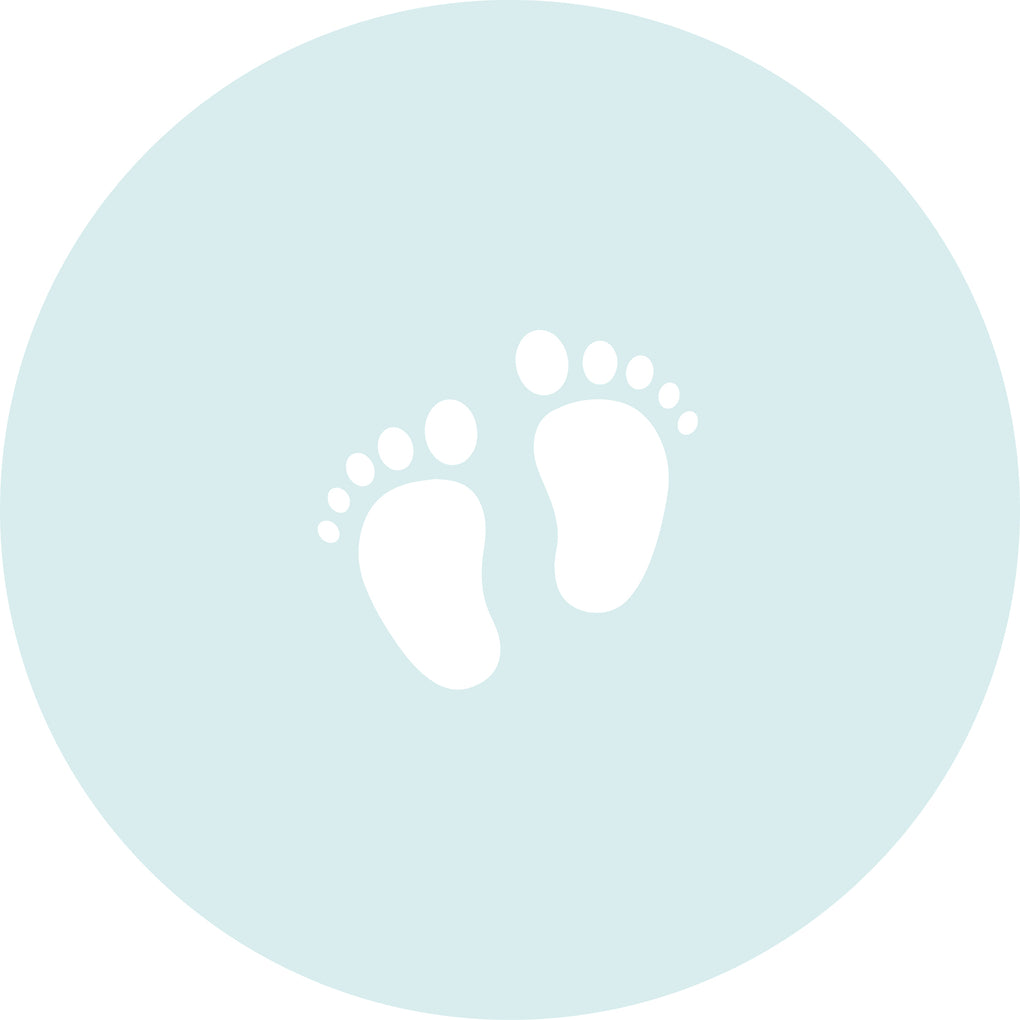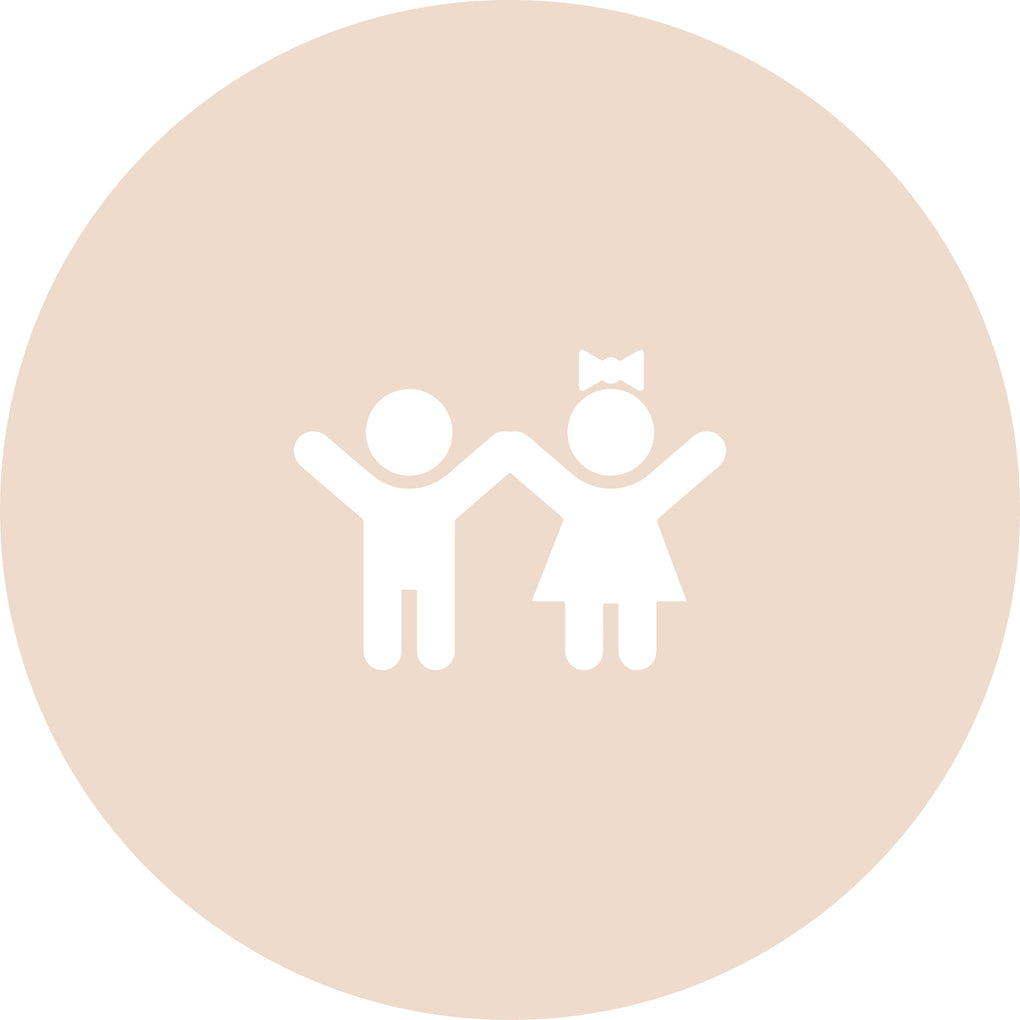For optimum safety and protection it is vital your little one is sitting in a car seat that is suitable for their size. It’s now the law that your child has to be in an appropriate car seat until they are 135cm or 12years old. But it can be tricky to know when it’s time for them to move up to the next stage car seat, and with two different fitting standards and regulations it can be confusing to get your head around all the important jargon. We want to help you feel confident and secure in the knowledge you are choosing the appropriate car seat for your child at the right time.
The different fitting standards-
Just to make things that little bit more confusing, there are currently two regulations running along side each other which different car seats abide by. There is the “group” system and the “i-Size” system.
Lets look a little closer at the two regulations –
“group” system.
The “Group” system regulation is categorised into groups depending on the weight of your child. This is how the categories are determined and act as the guide to when your child should move up to the next stage car seat. Each group has an upper weight limit, when your baby reaches this limit it is time to move them up to the next stage.
There are also age guides in each group, however we advise to only use these as a guide and focus more on the weight of your child. The size of your child is more important than his age. This is because some babies grow faster and gain weight more quickly than others of the same age. Girls and boys also grow at different rates.
The “group” categories are –
Group 0+ - birth to 13kg (around 12-15months)
Group 1 – 9-18kg (around 9 months to 4.5 years)
Group 2 – 15-25kg (around 3-7 years)
Group 3 – 22-36kg (around 6-12years)

Until recently, this was the only system for car seats in the UK and many seats are still sold under the group system. But, with the recent introduction of the i-Size regulations there are now two regulations running along side each other.
“i-Size” System
The i-Size system is a relatively new EU regulation part of R129 bought in recently. This system is designed to allow children to be rear facing until up to four years. Scandinavian studies have shown this is the safest way to travel and shows a decrease in injuries when the child is rear facing for as long as possible. The “i-Size” regulation is classified by the height, rather than weight, of your child. Again, there are rough age guides on the categories, but we suggest sticking to the height guides.
The i-Size is developed with the Isofix system, which means the seat simply slots into anchor points that are on the car’s chassis. This helps to reduce the risk of human error and offers a more secure anchor connection to the vehicle. Find out more about the Isofix system here.
At Natural Baby Shower, we encourage the use of rear-facing car seats as the safest way to travel as it is mandatory in R129. Rear-facing seats offer the most safety when transporting a child with the car.
The “I-Size categories are –
First stage – birth to 75cm (around 12 months)
First & Second Stage – birth to 105cm (around 4 years)
We can hear you asking, why are there two regulations? There are two regulations because the car and car seat manufacturers needed time to change their seats and fixing points in the cars. The two regulations will continue to run alongside each other, but we do advise to choose an i-Size car seat for their first and second stage car seats so your child can rear face for as long as possible, which studies show is the safest way to travel.
So, when should you change to the next stage?
Deciding when to move your child into their next stage car seat can cause a little worry and can sometimes mean treading a fine line between each category. Car seat categories often overlap which can cause some confusion when it really is the best time to change car seats. Children at the bottom of weight/height group are more vulnerable to injuries. For this reason, it’s better to keep them in the lowest group seat for as long as possible, rather than moving up groups to early
We advise you to let your child reach the top limit of the group they are currently in, rather than swapping when they reach the bottom weight of the next group.
As a general rule and to make it a little easier to know when it is the right time to move up a group, if your child’s eyes are level with the top of the seat they are sitting in they have outgrown their current seat. But also keep an eye on your little one’s height to make sure they haven’t outgrown their seat.
Many parent think that the child has outgrown its car seat once the child’s feet stick out of it. But, only when the baby’s head sticks out of the top of the baby shell, it is the right time to switch to a consecutive car seat.
Basing seat type advice on specific child length ( and not weight) helps to avoid giving in to the temptation of premature upsizing and premature switch from rearward to forward facing.
We know it can be confusing, which is why we’re here to give you a helping hand to make your choice. Just give our super friendly team a call on 01276 408494 and we’ll talk you through it or pop in to store.
At Natural Baby Shower, we offer a free car seat demo and fitting service at our Surrey, Bagshot store. Our trained team will take you through everything you need to know about fitting and adjusting your car seat.
If you are looking to buy a car seat make sure you check out our “Beginners guide: What stage car seat do you need?” blog.
Shop our full range of car seats here >>


























